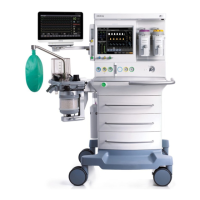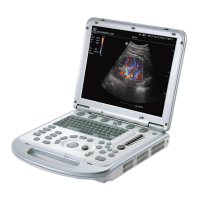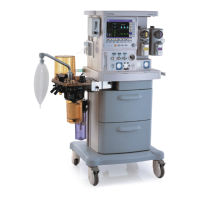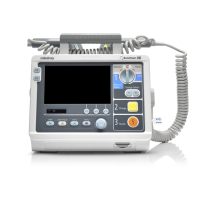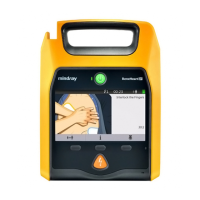D-1
D Alarm Messages
This chapter lists physiological and technical alarm messages.
Note that in this chapter:
Column P stands for the default alarm level: H for high, M for medium and L for
low.
For each alarm message, corresponding actions are given instructing you to
troubleshoot problems. If the problem persists, contact your service personnel.
D.1 Physiological Alarm Messages
Source Alarm message P Cause and action
Ventilator
parameters
Paw Too High H Airway pressure exceeds the set pressure high alarm limit.
Check the hoses for occlusion, increase pressure alarm
limit, or decrease gas volume delivered.
Paw Too Low H Real time airway pressure lasts 15s during mechanic
ventilation, or is equal to or more than the alarm limit
(PEEP+4 cmH2O) during one mechanic ventilation cycle.
FiO2 Too High H The inspired O2 concentration is higher than the FiO2
high alarm limit for at least 20s.
Check the Air supply and calibrate the O2 sensor.
FiO2 Too Low H The inspired O2 concentration is lower than the FiO2 low
alarm limit for at least 20s or is lower than 18%.
Check the O2 supply and calibrate the O2 sensor.
TVe Too High M The measured TVe value is greater than or equal to TVe
high alarm limit for six continuous mechanical ventilation
cycles.
Check the ventilation setting parameters. Check the
expiratory flow sensor for water build-up. Perform zero
calibration.
MV Too High H The measured MV value is greater than or equal to MV
high alarm limit.
Check if trigger sensitivity setting is too low. Check if the
tidal volume setting or breathing frequency setting is too
high.
MV Too Low H The measured MV value is lower than MV low alarm
limit.
Check if the tidal volume setting or breathing frequency
setting is too low. Check the hoses for leakage.
Apnea H The time of failure to detect respiration exceeds Tapnea.
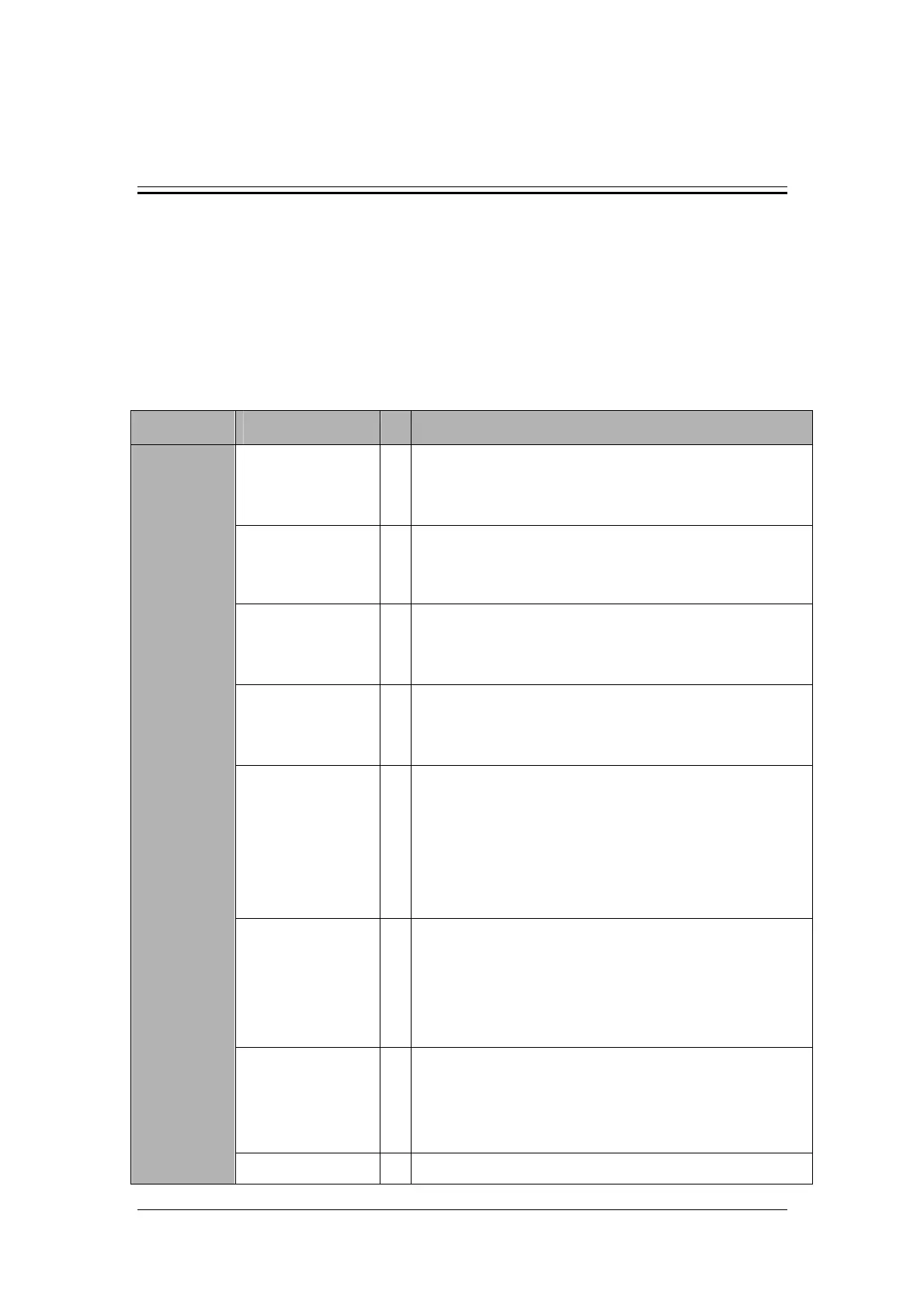